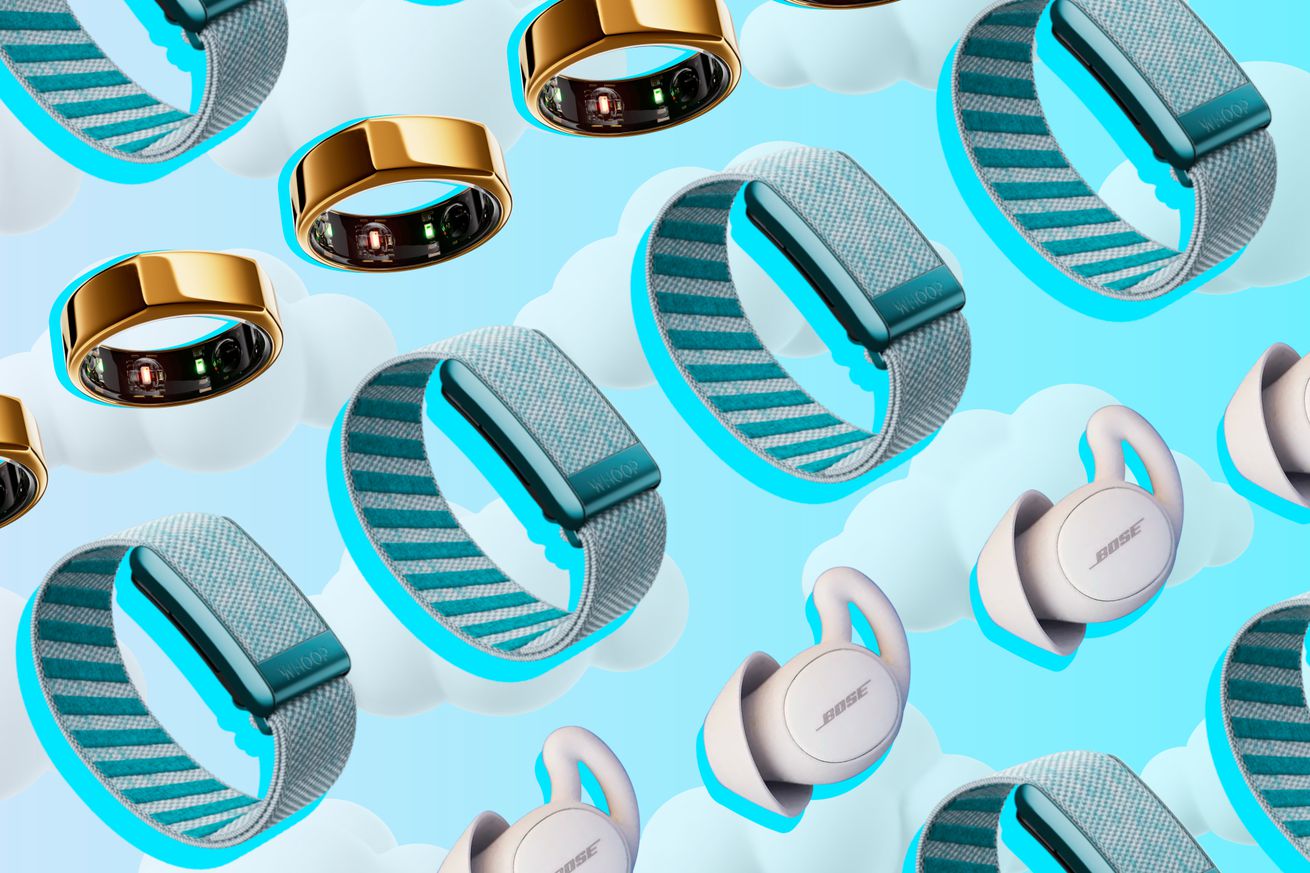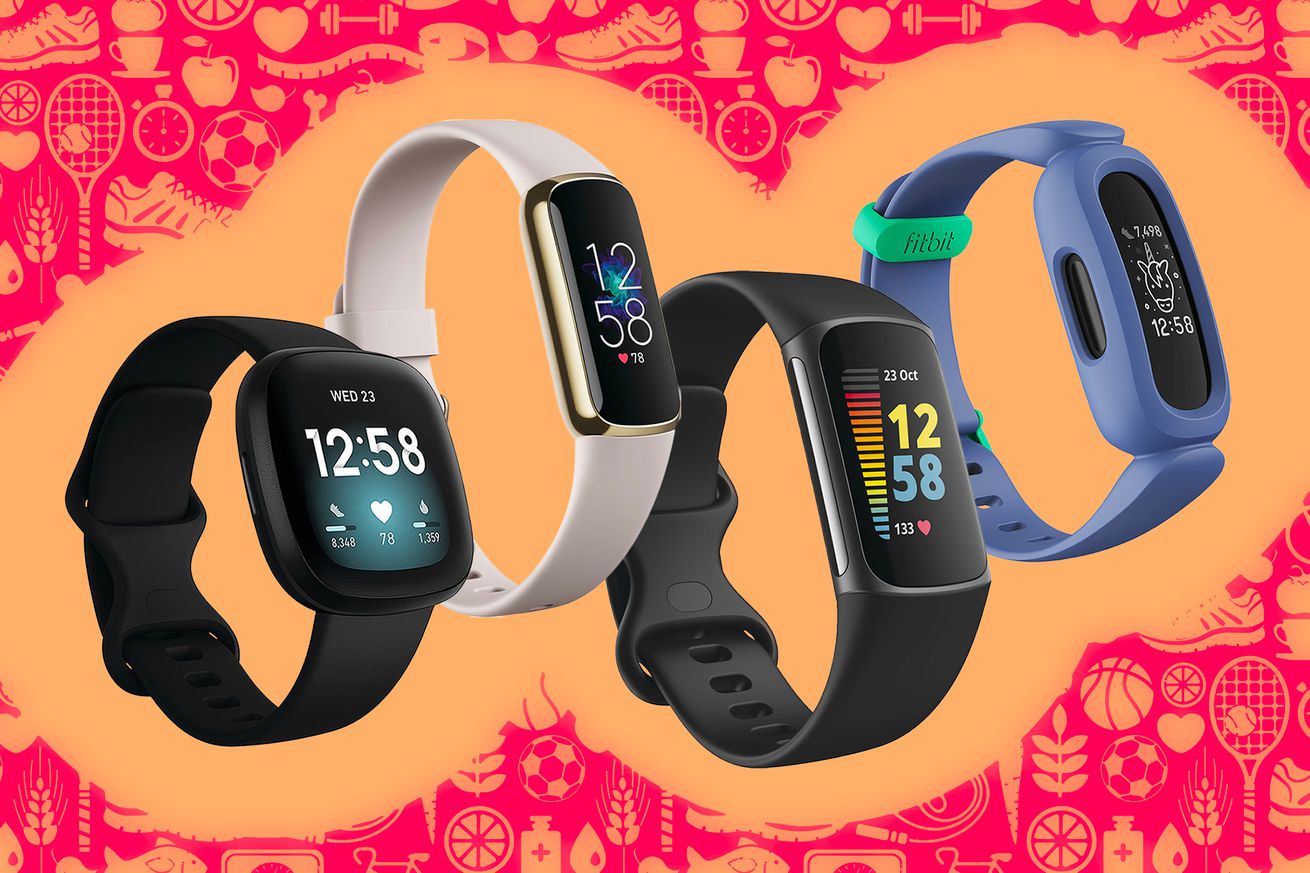The smart glasses era is here — I got a first look

At CES, the next generation of eyewear was everywhere. It’s just no one seems to agree on why we want it or what the best approach is.
It’s the second day of CES, and I’m waiting in a line to see my 10th pair of smart glasses. I honestly don’t know what to expect: I’ve seen glorified sunglasses with dubious ChatGPT clones. I’ve sidled up to several booths where the glasses were almost carbon copy clones of the pairs a booth over. I’ve seen all manner of “displays” tacked onto the lenses: some washed out, others so tedious to calibrate as to make me walk away.
So when I slipped on the Rokid Glasses, I felt my brows raise. I could see what looked like a mini desktop. I swiped the arm and a horizontal list of apps appeared. Green writing appeared in front of me a bit like a monitor in The Matrix. A Rokid staffer began speaking to me in Chinese, and despite the surrounding din, I could see a text translation of what she was saying float in front of me. After a brief conversation — she asked whether I ate lunch, she hadn’t — she prompted me to try taking a picture. The display shifted to what looked like a camera’s viewfinder. I hit the multifunction button. An animation flashed. On her phone, I saw the picture I took.
“Holy crap,” I thought. “So this is what the Ray-Ban Meta smart glasses would be like with a display.” And then — “If this is possible, why doesn’t it have one yet?”
The three types of smart glasses
It seems that everyone is still trying to figure out what makes the perfect pair of smart glasses. I must have tried out 20 pairs over the course of the last week, but they all seemed to fall into one of three different buckets in how they balanced wearability and functionality.
The first bucket is the simple and stylish glasses. The more stylish and comfortable smart glasses are, the fewer features they tend to have. But for this group, that’s often a good thing.
Take the unassuming Nuance Audio. These smart glasses — made by EssilorLuxottica, Meta’s partner in making the Ray-Ban Meta eyewear — discreetly function as over-the-counter hearing aids. When you wear them, you can dampen some of the noise around you as well as amplify the voice of the person you’re speaking to. This would sound like science fiction if I hadn’t tried it myself.
But at a glance, you’d never know the Nuance Audio glasses can alter how you hear the world — and that’s precisely the point. They look like any pair of stylish glasses and come in two colors and three shapes. By “hiding” their smarts in a normal-looking pair of glasses, they’re essentially helping to reduce the discomfort some people feel when wearing visible hearing aids. It’s not flashy, but it’s a precise and clear use case.
The Chamelo glasses take a similar tack. The “smart” part of these electrochromic sunglasses can, depending on the model, change the color or tint with the swipe of a finger. Some models also have Bluetooth audio. Chamelo’s glasses aren’t new, and at CES, they weren’t suddenly adding in AI assistants, displays, or anything wild. This year’s update? Adding support for prescriptions so more people can use the device.
Neither of these glasses is trying to reinvent the wheel. They saw a simple problem worth fixing and decided to fix it. Nothing more, nothing less.
The face screens
On the other end of the spectrum, you’ll find longtime CES veterans Xreal and Vuzix.
When I arrive at Xreal’s booth, it’s jam-packed. There’s a station where people wear Xreal glasses as they “drive” in a BMW. (The car doesn’t move, but you can pretend you’re moving the wheel and tilt your head on a race course.) I don a pair of last year’s Xreal Air 2 Ultra glasses while seated at a desk with only a keyboard in front of me. The Air 2 Ultra are a bit like chunky sunglasses, with miniature screens hovering beneath the lenses. From afar, they look pretty normal. Up close, you can feel their bulk — and on the face, they protrude further than looks natural.
Inside the glasses, I see football players on a football field, information popping up over their heads. The virtual display switches to a panoramic video with avatars of friends watching alongside me. In another window, I’m prompted to type in a description of a fictional creature. I pick “monstrously fat cat with unicorn wings” and lo, it appears. I can pinch and pull with my hands to make it even bigger. The more recently launched Xreal One are also here, though it admittedly gets hard to tell which pair of Xreal glasses is which while elbowing past other eager onlookers.
 Photo by Antonio G. Di Benedetto / The Verge
Photo by Antonio G. Di Benedetto / The Verge
When I mosey on over to Vuzix’s booth, it’s less packed, but that’s likely because folks are gawping at a bizarre karaoke contest a few booths over. I, on the other hand, am wearing a pair of the company’s latest Ultralite Pro glasses. The glasses look a bit clunkier, but when you put them on, you can see an array of rainbow lights that culminate in a 3D display. I’m looking at a picture of nature, and there’s actual depth.
You’d be hard-pressed to find someone who’d wear glasses like these walking down the street. They look like glasses, sure, but they can also be bulky and sometimes have cords dangling for battery packs. These glasses show hints of what augmented reality is capable of — but they aren’t meant to be things you wear all day, every day.
The spyglasses
This divide between form and function isn’t new. What’s new is that there are far more smart glasses that lie somewhere in the middle. And they have some funky ideas.
Sharge’s Loomos.AI glasses, for example, look similar to the Meta glasses except they use ChatGPT and can shoot 4K photos and 1080p videos. They also add a bizarre neckband battery to account for the massive battery drain. Rayneo was back with smaller, more refined X3 Pro AR glasses. I could list dozens more, but to be frank, they were mostly iterations of the Meta glasses.
 Photo by Antonio G. Di Benedetto / The Verge
Photo by Antonio G. Di Benedetto / The Verge
Of the myriad smart glasses I saw, three stood out: Halliday, Even Realities G1, and the Rokid Glasses. All three feature a discreet design, with a hidden green monochrome heads-up display. Halliday projects its single display from the frame by shining a green light into your eye; the other two feature microetched displays on both lenses that are nigh invisible when viewed from the front. (All three companies told me they use green light because it’s easiest on the eyes, has the best contrast, and is less likely to get washed out in bright ambient lighting.)
There are slight hardware differences between all three, but in my demos, it was clear that, philosophically, they’re much more geared toward all-day productivity. They have AI assistants, can be used as teleprompters, and offer live translation. The Rokid Glasses even have a 12MP camera for taking photos and video.
 Photo by Victoria Song / The Verge
Photo by Victoria Song / The Verge
In this vision of the smart glasses revolution, these devices are more like all-day companions that help you use your phone less. The display is something that’s only occasionally glanced at when it’s relevant and is done mostly in a productivity context. They offer more smarts than the very use-specific Chamelo and Nuance Audio glasses, but they offer more practicality (and wearability) to the average person than what Xreal and Vuzix are pursuing.
The smart glasses era
The more I talk to the people behind these products, the more it becomes clear that everyone believes smart glasses are the future. It’s also apparent that no one agrees on the best way to get to that future.
“We’ve chosen to optimize for something that is, we think, a great feature geared towards the actual use case of glasses,” says Chamelo CEO and cofounder Reid Covington. “You’re wearing them to see. You’re wearing them to block out light. A lot of the more forward-looking smart glasses have interesting features, but they’re not optimized for, you know, actual usability.”
But even among companies pursuing simpler smart glasses, function isn’t always the reason they choose more discreet or stylish designs. Smart glasses are “something that you need to feel are part of yourself,” says Davide D’Alena, global marketing director for Nuance Audio. Function is nice, but doing all the things isn’t worth it if you have to wear something hideous on your face. “For us, it’s just not enough to put out an ugly product, even if it’s working perfectly from a functional point of view. It must be something that is also a self-expression.”
Meanwhile, some longtime veterans in the space contend it isn’t a choice of form and function. It’s a split between AR and AI.
“I actually see two different directions going forward. One is AR glasses which will handle a lot of the XR content. The other one will be the AI glasses as a major kind of all-day wearable smart glasses,” says Chi Xu, Xreal founder and CEO. Xu says that everything will converge at some point — though we’ll be waiting a good while before it does. Right now, it’s a matter of every option being developed at once as companies try to figure out the best way to draw people in.
Xu isn’t wrong. While some companies like EssilorLuxottica and Chamelo are committed to one approach, others are happy to dabble. Rokid, for example, may have come out with AI-first smart glasses this year, but its array of more Xreal-like AR glasses was actually the bigger portion of its booth. Meta, apparently, is working on glasses with a display, too, targeting later this year — my colleague Alex Heath reports that the company will add its own twist to the formula by shipping a neural wristband that can be used to control them.
But for all the fragmentation, every company I spoke to said the same thing: they’ve seen renewed interest in this space within the last year and a half — and with that comes investors aplenty with deep wallets. The vast majority emphasized how rapid advancements in technology and AI have made things possible today that were impossible just two or three years ago. And every single one said that interest from the general public, not just first adopters, is also higher than in previous years.
This, they all say, proves that smart glasses are inevitable. It’s just a matter of getting everyone else to see the vision. And that’s sort of the problem. With smart glasses, you have to see it to believe it.


















